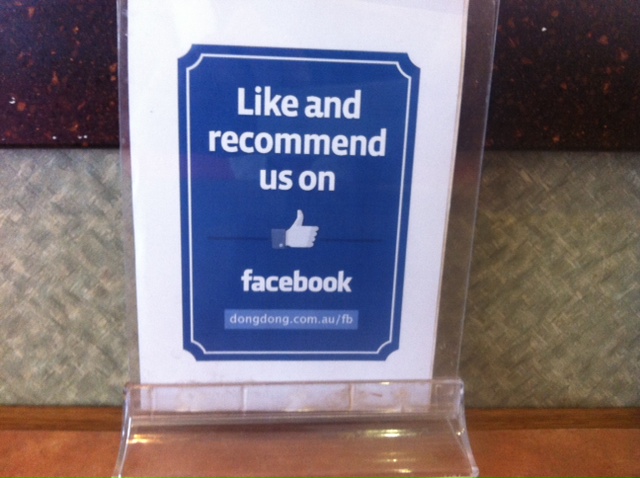Last year the Australian Federal government had a smart idea. To fix its chronic budget deficit, it would use data matching to claw back an estimated three billion dollars in social security overspending.
Unfortunately for tens of thousands of Australians the reality has turned out to very different with the system mistakenly flagging thousands of former claimants as being debtors.
How the Australian government messed up its welfare debt recovery is a cautionary tale of misusing data.
Data mis-match
At its core, the problem is due to the bureaucrats mismatching information.
Australia’s social security system requires unemployment or sickness benefit claimants file a fortnightly income statement with Centrelink, the agency that administers the system, and their payments are adjusted accordingly.
Most of those on benefits only spend a short time on them. According to the Department of Social Services, two thirds of recipients are off welfare within twelve months of starting.
Flawed numbers
Despite knowing this, the bureaucrats decided to take annual tax returns, average the individual’s income across the year and match the result against the fortnightly payment.
That obviously flawed and dishonest method has meant hundreds of former welfare recipients have been falsely accused of receiving overpayments.
Compounding the problem, the system frequently mis-identifies income because it fails to recognise employers may use different legal names, leading to people having their wages double counted and being accused of not reporting work.
Shock and awe
Under pressure from their political masters, the aggressive tactics of Centrelink and its debt collectors have left many of those accused shocked and distressed.
I can barely breathe when I think about this. My time period to pay is up tomorrow. I asked them for proof before I pay and I have heard horror stories of debt collection agencies, people being asked to pay so much, people being told there will be a black mark on their credit. I am so terrified. It’s so stupid for me to be terrified but I can’t help it. I am a student, I can’t afford anything!
Reading the minister’s response to criticisms, it’s hard not to come to the conclusion that intimidation was a key objective.
The numbers of people involved are staggering. The department of Social Services reported 732,100 Australians received the Newstart unemployment allowance in 2015-16. Should 66% of those have moved off the benefit during the tax year then up to 488,000 people will receive ‘please explain’ notices.
Nearly half a million people being falsely accused of welfare fraud is bad enough, but that is only last year’s figures – due to a law change by the previous Labor government, there is no limit to how far back Centrelink can go to recover alleged debts.
The System is working
Claiming the Centrelink debacle is a failure of Big Data and IT systems is wrong – the system is working as designed. The false positives are the result of a deliberate decision by agency bosses and their ministers to feed flawed data into the system.
How this will work out for the Australian government as tens of thousands more people receive unreasonable demands remains to be seen. Recent comments from the minister indicate they are hoping their ‘tough on welfare cheats’ line will resonate with the electorate.
Regardless of how well it turns out for the Australian government, the misuse of data by its agencies is a worrying example of how governments can use the information they collect to harass citizens for short term political advantage.
Beyond welfare
While many Australians can dismiss the travails of Centrelink ‘clients’ as not concerning them, the same data matching techniques have long been used by other agencies – not least the Australian Taxation Office.
With the Federal Treasurer threatening a campaign against corporate tax dodging and the failure of the welfare crackdown to deliver the promised funds, it’s not hard to see small and medium businesses being caught in a similar campaign using inappropriate data.
More importantly, the Australian Public Service’s senior management’s incompetence, lack of ethics and proven inability to manage data systems is something that should deeply concern the nation’s taxpayers.
In a connected age, where masses of information is being collected on all of us, this is something every citizen should be objecting to.
Similar posts:




